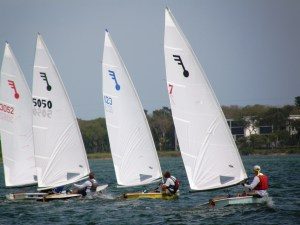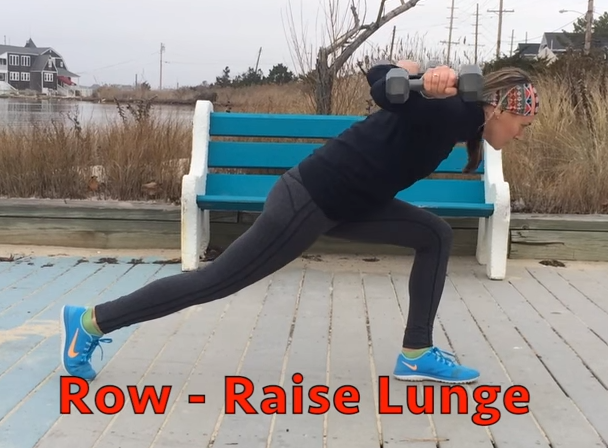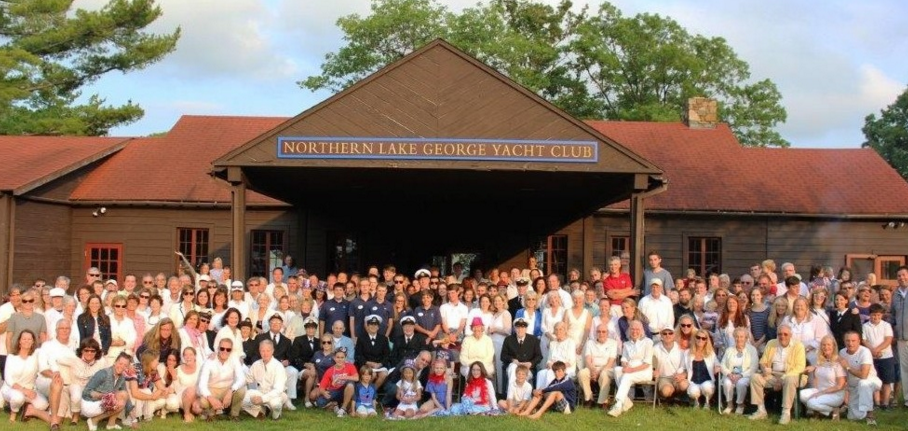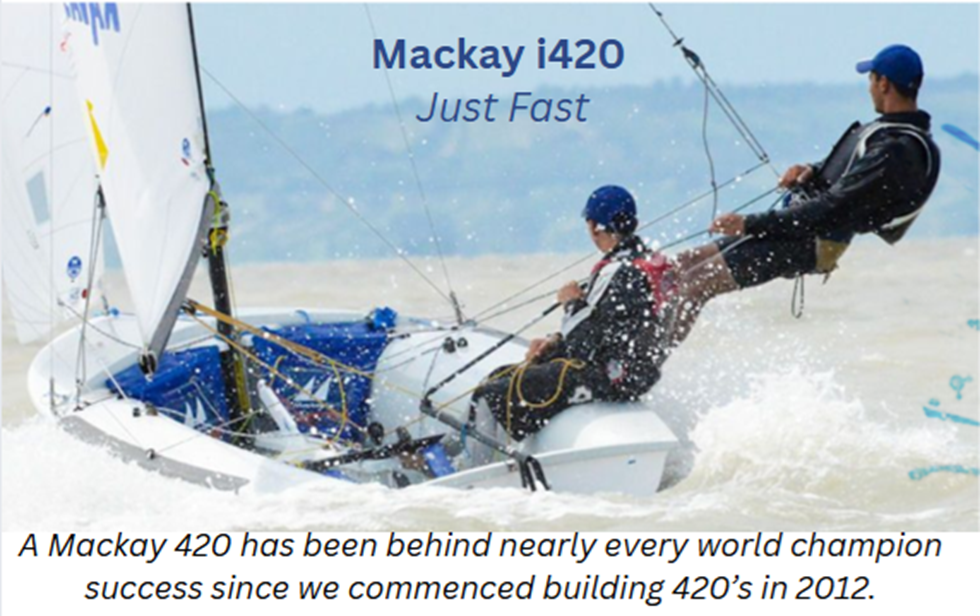The excitement of sailing a high-performance dinghy has always been the test of the sailor’s response to wind and wave conditions. The enjoyment and lasting interest that Force 5 sailors specifically have in common, is the “all-inclusiveness” of the Class. Age, weight, size, gender and strength may all have some bearing on the amount of effort required to be a top contender, but the design of the boat and the attitude of the sailors is what makes Force 5 Regattas so alluring and enduring.

Convenient, is an understatement for the Short-Rig. You don’t need to replace your Full-Rig mast and boom as other one-design boats. Simply insert the mast cap on the top of the middle mast section instead of the upper 4 foot section. Having a full foot and generous roach supported with a full upper-batten, coupled with the same luff-sleeve pre-bend that’s incorporated into the Full-Rig sail, the Short-Rig sail almost defies death-rolling.
The Short-Rig is a stable high-performance sail that opens a whole new range of sailing enjoyment in the Force 5. Not only will Class regattas be able to provide separate one-design competition for Short-Rigs and Full-Rigs, but Full-Rig competitors will have the option to “down-size” when the day calls for stronger winds than they want to handle.
Length Over All 13’ 10”
Beam 4’ 10”
Displacement (hull only) 145 lbs
Sail Area
Standard Rig 96 sq ft
Short Rig 69 sq ft
Draft board down 38 “
Portsmouth DPN Rating
Standard-Rig 95.4
Short-Rig 103.0
CLASS ASSOCIATION: https://www.force5class.org

 This chart is what was called the Super Seven exercise regimen for Australia, 12KA5 in 1980. It was the compulsory standard exercise drill we all did before anything else in the morning. A full set is this list repeated 3 times.
This chart is what was called the Super Seven exercise regimen for Australia, 12KA5 in 1980. It was the compulsory standard exercise drill we all did before anything else in the morning. A full set is this list repeated 3 times. 
 Upper body strength is important not only for sailing, but your every day life. Having a strong upper body will improve your flexibility, range of motion, and mobility. Some of the major muscle groups in your arm are the biceps, triceps, and deltoid. With strong arms you will see an ease in completing other daily tasks. Strong arms will also make you less prone to injury in these muscles during activities that stress these muscle groups.
Upper body strength is important not only for sailing, but your every day life. Having a strong upper body will improve your flexibility, range of motion, and mobility. Some of the major muscle groups in your arm are the biceps, triceps, and deltoid. With strong arms you will see an ease in completing other daily tasks. Strong arms will also make you less prone to injury in these muscles during activities that stress these muscle groups.


 The location of the Club was the subject of much study and discussion. Properties in Heart Bay, Glenburnie and Hague were considered. It was finally decided to accept from the Cook Estate the property on which the club now stands, which had been offered through the intercession of Ralph Craig.
The location of the Club was the subject of much study and discussion. Properties in Heart Bay, Glenburnie and Hague were considered. It was finally decided to accept from the Cook Estate the property on which the club now stands, which had been offered through the intercession of Ralph Craig. Junior sailing on both coasts has progressed to a level not seen before in the sport. Skill levels of the top sailors in the major youth classes continues to grow each year, and with it, the desire to travel to events. This was evidenced at
Junior sailing on both coasts has progressed to a level not seen before in the sport. Skill levels of the top sailors in the major youth classes continues to grow each year, and with it, the desire to travel to events. This was evidenced at 




